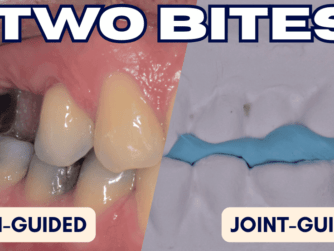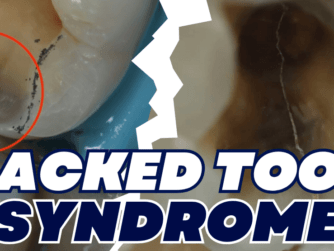Podcast: Play in new window | Download (Duration: 34:59 — 50.7MB)
Subscribe: RSS
In the exciting continuation of the previous episode, Dr. Pasquale Venuti joins Jaz to offer his unique perspective on biomimetic and restorative dentistry. Dr. Venuti encourages critical thinking to improve patient outcomes and discusses a range of clinical scenarios of which he has heaps of experience. In this thought-provoking episode, they delve into topics such as outcome-based reasoning, the controversial use of posts, and the role of ribbond under your composite restorations.
Dr. Venuti fearlessly challenges the status quo by questioning self-claimed biomimetic dental practices and urging dentists to embrace critical thinking in pursuit of improved patient outcomes.
Protrusive Dental Pearl: Mouth props are super helpful for long appointments! They serve a crucial purpose in allowing the depressor muscles to relax. By preventing muscle fatigue during extended treatments, these props contribute to patient comfort and overall treatment success. Dr. Jaz shares his approach to communicating the use of mouth props to patients, employing relatable examples to ensure their understanding and cooperation.
Need to Read it? Check out the Full Episode Transcript below!
Highlights of this episode:
2:00: The benefits and communication of mouth props
4:18: Controversy surrounding posts in restorations
6:32: ‘No post, no crown’
19:20: The use of ribbond in modern dentistry.
26:20 Process-based reasoning vs Outcome-based reasoning
28:41: Jaz’s “hypocrisy” regarding rubber dam usage
31:48: Patient population and its impact on treatment approaches
Access premium clinical videos by Jaz and gain CPD for Podcast episodes via the Protrusive.app
If you enjoyed this episode, check the part 1 of this episode: The ‘Anti-Biomimetic Dentist’ – Restorative Lessons from Pasquale Venuti Part 1







